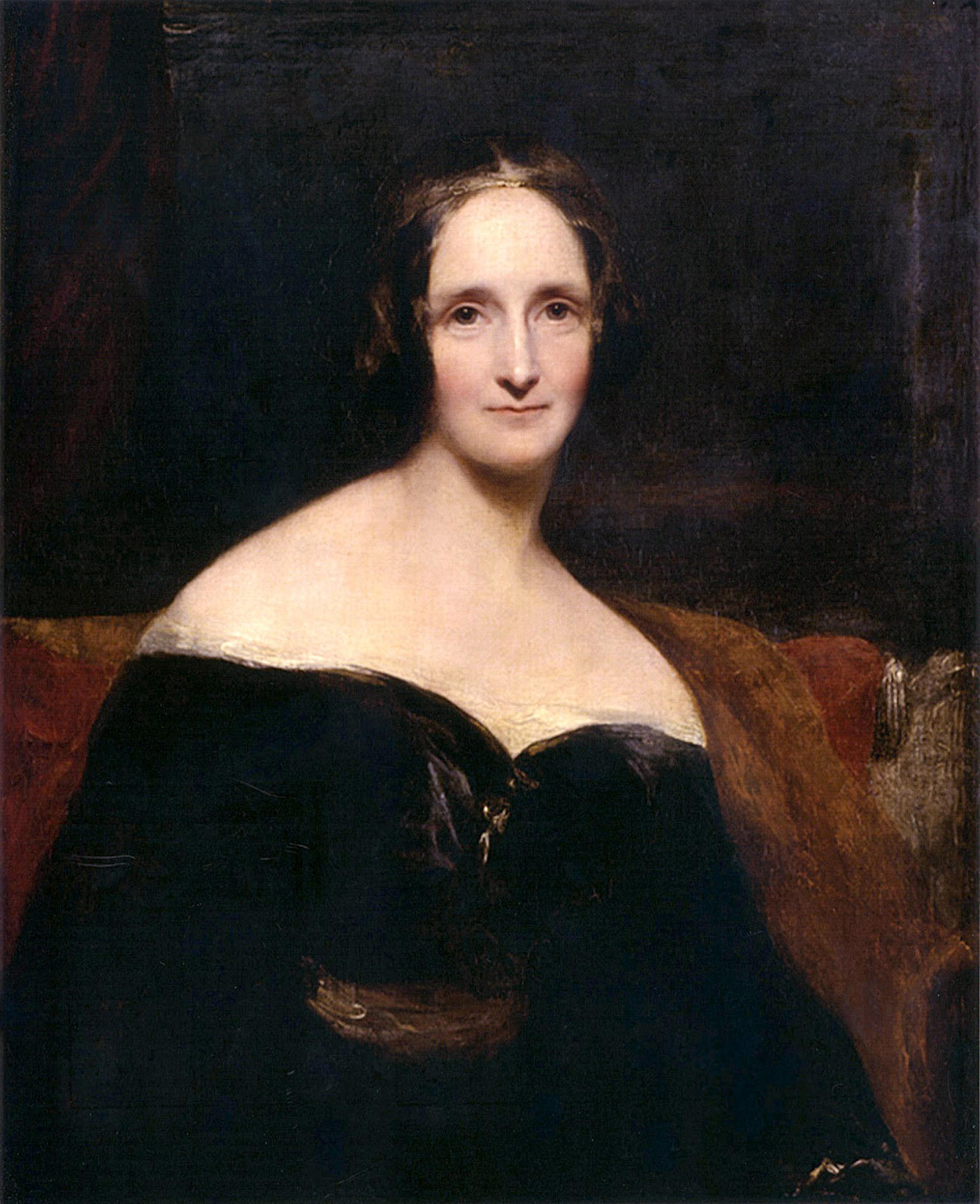Gothic novel was a type of fiction that became popular in England during the late 1700’s and early 1800’s. The plots of Gothic novels included mysterious and supernatural events intended to frighten the reader. The stories were called Gothic because most of them took place in gloomy, medieval castles built in the Gothic style of architecture. Such buildings had many secret passageways, dungeons, and towers that provided ideal settings for strange happenings. Most Gothic novels were set in Italy or Spain because those countries seemed remote and mysterious to the English.
The first Gothic novel was The Castle of Otranto (1764) by Horace Walpole. The best-known Gothic novels include The Mysteries of Udolpho (1794) and The Italian (1797) by Ann Radcliffe, The Monk (1796) by Matthew G. Lewis, and Melmouth the Wanderer (1820) by Charles Maturin. In Northanger Abbey (1818), Jane Austen satirized Gothic novels and their effect on readers.
In the 1800’s, elements of the Gothic novel appeared in other forms of fiction that shared its interest in the terrible and the exotic. Such novels as Frankenstein (1818) by Mary Shelley and Wuthering Heights (1847) by Emily Brontë reflect a relationship with earlier Gothic novels, as do many historical romances of the time. The Gothic novel also influenced such American writers as Nathaniel Hawthorne, Herman Melville, and Edgar Allan Poe. In the 1900’s, romantic adventure stories were called Gothic novels, but they placed more emphasis on love than on terror. 
